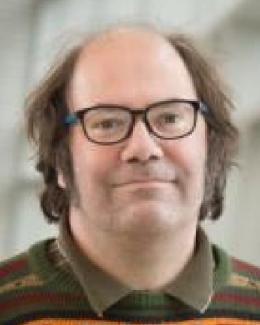Abstract
The oxidation of boride and carbide-based ultra-high-temperature ceramics is the primary limiting factor for their use as aerodynamic surfaces. Understanding the behaviour of the oxides that can result from oxidation of metal borides and carbides at very high temperatures is essential to optimise and tailor the performance of these materials; yet experimental thermodynamic and structural data for refractory oxides above 2000°C are mostly absent. The following techniques that can be applied to fill this gap are discussed: (i) commercial ultra-high-temperature differential thermal analysis for investigation of phase transformations and melting in inert environments to 2500°C, (ii) a combination of laser heating with a splittable nozzle aerodynamic levitator for splat quenching and drop calorimetry from temperatures limited only by sample evaporation, (iii) synchrotron X-ray and neutron diffraction on laser-heated aerodynamically levitated oxide samples for in situ observation of phase transformations in variable atmospheres, refinement of high-temperature structures and thermal expansion. Recent experimental findings include anomalous thermal expansion of the defect fluorite phase of YSZ, thermodynamics of pyrochlore–fluorite transformation from high-temperature structure refinements, and measurement of thermal expansion to the melting temperatures and fusion enthalpies of Zr, Hf, La, Yb and Lu oxides. These methods provide temperatures, enthalpies and volume change for phase transformations above 2000°C, which are required for thermodynamic assessments and calculation of phase diagrams of multicomponent systems.


